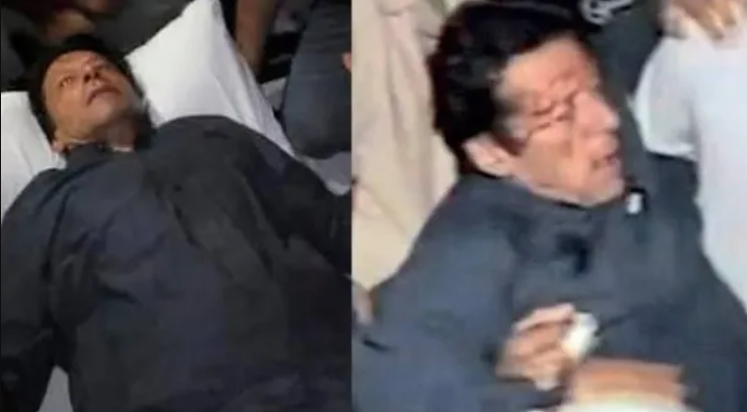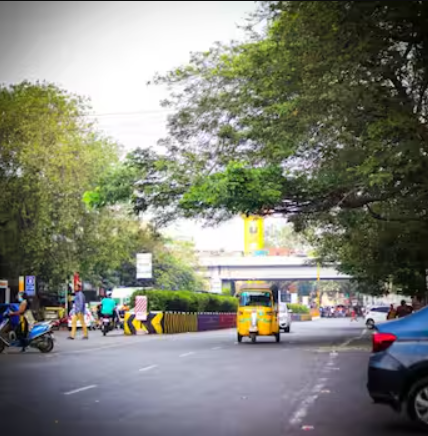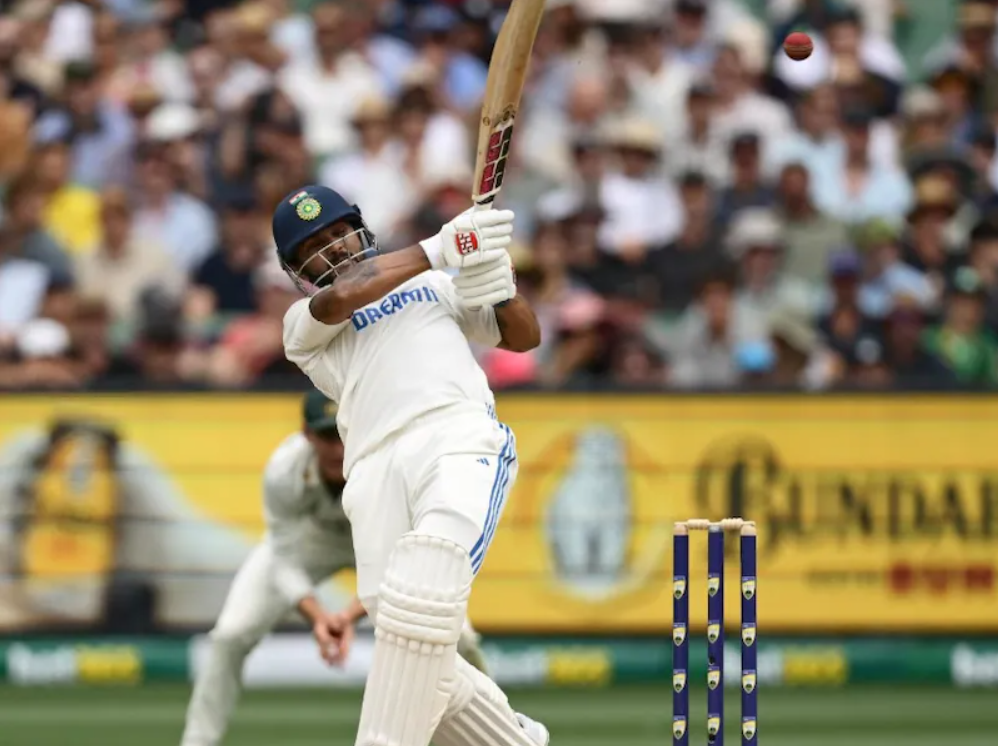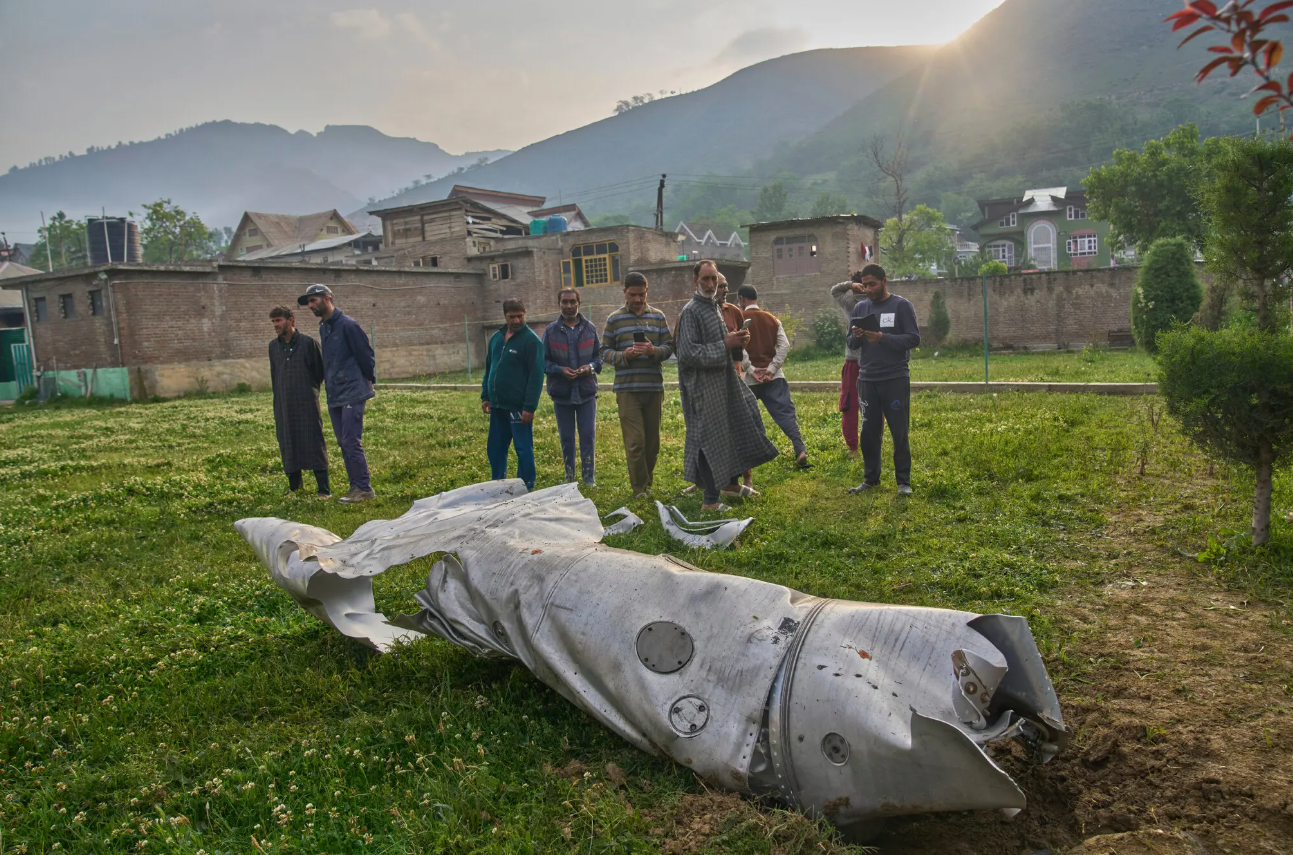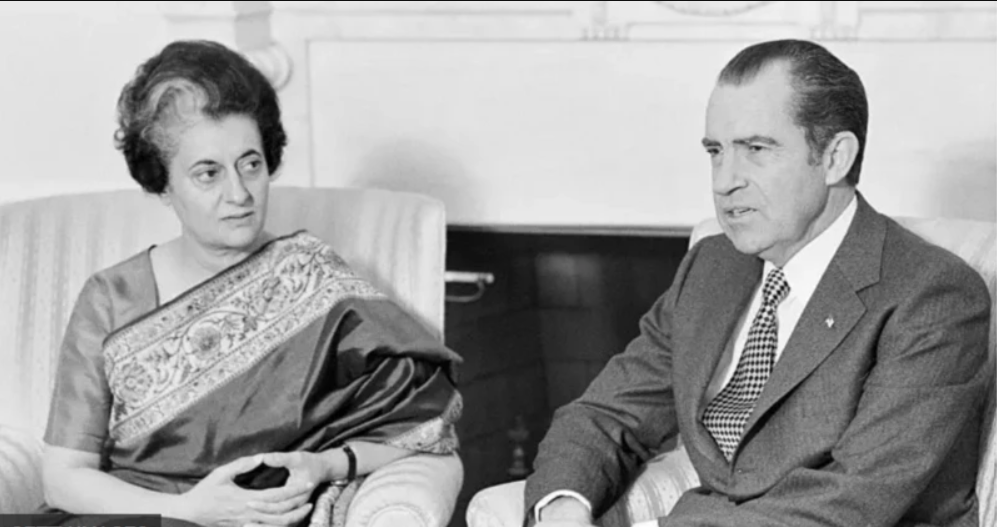
India-Pakistan Ceasefire 2025: What Happened?
On May 10, 2025, India and Pakistan announced a complete and immediate ceasefire, brokered after mediation by U.S. President Donald Trump. This followed intense cross-border operations, including India's 'Operation Sindoor' and Pakistani shelling that escalated tensions after the Pahalgam terror attack.
As the region welcomed peace talks, a surprising shift occurred—not just in geopolitics, but in Indian political discourse. Suddenly, the late Indira Gandhi, India's Prime Minister during the historic 1971 Indo-Pak war, started trending across social media.
Why Is Indira Gandhi Trending in 2025?
The Congress party and several supporters began drawing comparisons between the current ceasefire and Indira Gandhi's leadership during the 1971 war, which led to the creation of Bangladesh.
Key Highlights:
-
Congress shared a photo of Indira Gandhi with U.S. President Nixon, captioned with her bold quote:
“Our spine is straight. We won't follow the will of a country sitting 3,000 miles away.” -
A video clip of educator Dr. Vikas Divyakirti went viral, praising Indira Gandhi:
“She didn’t talk about surgical strikes, she did them—twice.” -
Several users reposted her 1971 letter to Nixon, recalling her strength during American threats and Soviet backing.
The Political Undertone Behind This Nostalgia
The Indira Gandhi comparisons are being used to:
-
Criticize the Modi government for agreeing to a ceasefire brokered by the U.S.
-
Glorify past leadership that showed military decisiveness without foreign mediation.
-
Evoke nationalism through a figure who achieved what many call India's greatest military victory.
However, critics—including BJP leaders like Amit Malviya—argue that:
-
Indira Gandhi released 93,000 Pakistani POWs without securing strategic benefits, like Pakistan-occupied Kashmir (PoK).
-
The Shimla Agreement post-war was shaped under foreign pressure.
-
Comparing 1971 to 2025 is unfair, as Pakistan today is a nuclear power, and global alliances have shifted post-Soviet era.
What's Different Between 1971 and 2025?
| Aspect | 1971 War | 2025 Conflict |
|---|---|---|
| Pakistan's Nuclear Status | Not a nuclear power | Nuclear-armed since 1998 |
| India’s Global Support | Backed by Soviet Union | U.S. brokered ceasefire |
| Outcome | Birth of Bangladesh, decisive victory | Ceasefire after 4 days of operations |
| PM in Power | Indira Gandhi (Congress) | Narendra Modi (BJP) |
Public Sentiment: A Divided View
While Congress supporters hail Indira Gandhi's unmatched legacy, BJP voices are calling out selective storytelling, claiming national interest has evolved and nuclear deterrence has changed military strategies.
Quotes from Public Figures:
-
Hansraj Meena: “She was not just a Prime Minister, she was a passion.”
-
Bhupesh Baghel (Former Chhattisgarh CM): “She didn’t stop until Pakistan broke.”
-
Rohini Singh (Journalist): “Fighting elections isn’t the same as fighting a war. Not everyone becomes Indira Gandhi.”
Final Thoughts: History vs Present Reality
Indira Gandhi’s leadership in 1971 remains a powerful symbol of national pride, and resurfacing her legacy during current Indo-Pak tensions reflects how political memory is used in contemporary narratives.
But while honoring the past, it's crucial to assess the present challenges, military risks, and diplomatic complexity—especially in a nuclear South Asia.
-
Indira Gandhi vs Modi
-
India-Pakistan ceasefire 2025
-
Why is Indira Gandhi trending
-
Operation Sindoor explained
-
Indira Gandhi Nixon letter
-
1971 war vs 2025 conflict
-
India Pakistan tension latest news


